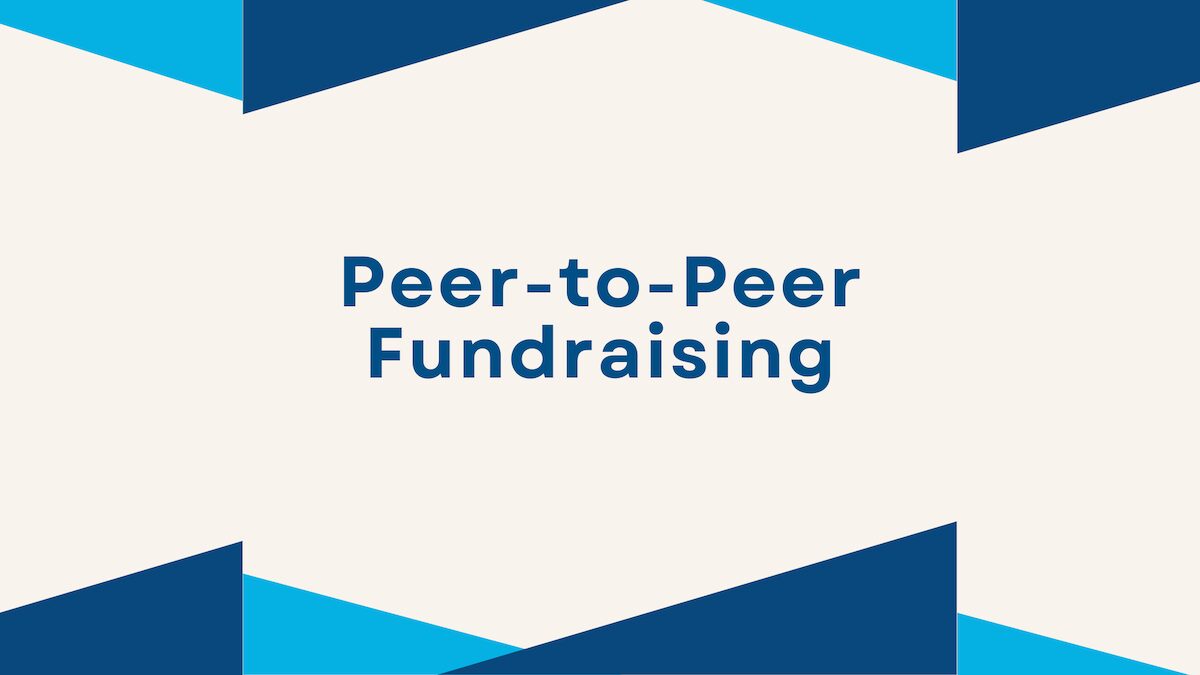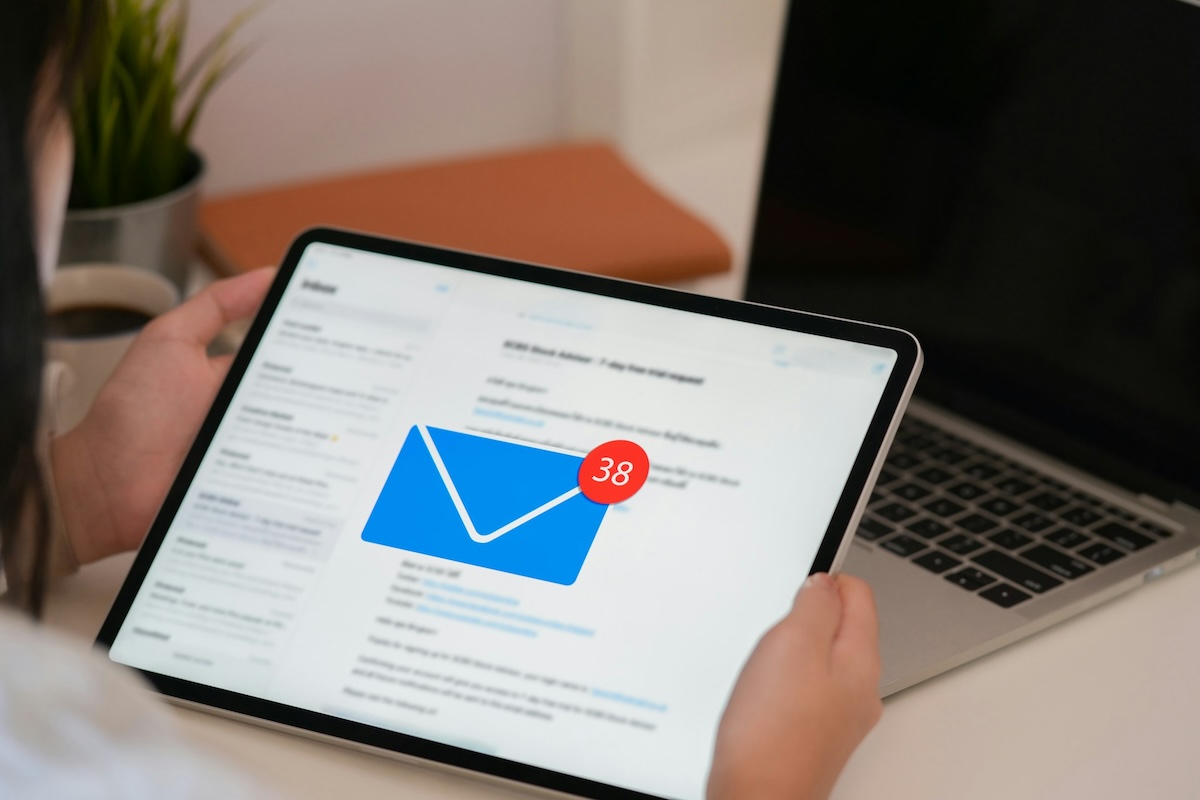Nonprofits thrive on community support, and finding ways to increase nonprofit donations is essential for expanding their impact and fulfilling their mission. However, standing out in today’s crowded digital space and building relationships with potential donors requires thoughtful strategy.
Here are some actionable ways nonprofits can increase donations, foster stronger connections, and ultimately further their causes.
Nonprofit Resources
The Charity Charge resource hub is dedicated to providing tips, tools, and information to help your nonprofit create and grow a modern organization. Learn more
1. Tell Compelling Stories
One of the most powerful tools nonprofits have is storytelling. Highlight personal stories of those impacted by your work to connect emotionally with potential donors. Share testimonials, videos, or photos to make your cause feel real and urgent.
Example: Share a story of a specific individual who benefited from your nonprofit’s work. Include their background, the challenges they faced, and how donor support helped change their life. End with a call-to-action asking for donations to help others like them.
2. Use Data to Show Impact
Donors want to know their contributions are making a difference. Use data to show the impact of past donations and future goals. Include statistics, infographics, or progress reports in your appeals and on your website.
Example: Create a visual impact report showing metrics like the number of people helped, meals served, or programs launched due to donations. Share this on your website, newsletters, and social media channels to build donor confidence.
3. Optimize Your Website for Donations
Your website should be user-friendly, with a simple, intuitive donation process. Ensure the “Donate” button is prominent on every page, and streamline the donation form to include only essential fields to reduce friction.
Example: Place a prominent “Donate Now” button at the top of your homepage and streamline the donation form to ask for only essential information. Ensure the process works seamlessly on both desktop and mobile.
4. Leverage Social Media for Fundraising
Engage with your audience across platforms like Facebook, Instagram, LinkedIn, and Twitter. Share your mission, success stories, and upcoming fundraising events to raise awareness and keep your followers invested in your cause.
Example: Run a weekly “Mission Monday” social media post featuring different success stories, projects, or fundraising needs. Include a link to your donation page with each post.
5. Launch a Peer-to-Peer Fundraising Campaign
Encourage supporters to fundraise on your behalf through peer-to-peer campaigns. This approach leverages personal networks, potentially reaching more people than a direct ask from the nonprofit itself.
Example: Provide existing supporters with customizable fundraising pages and encourage them to fundraise on behalf of your nonprofit for their birthdays or other personal milestones.
6. Create a Monthly Giving Program
Monthly donation programs provide consistent, predictable income. Offer special perks, such as monthly updates or exclusive event invitations, to encourage ongoing support and retain loyal donors.
Example: Develop a “Supporter Circle” program where monthly donors receive special updates, a quarterly newsletter, and invites to exclusive events. Use messaging like “Join our monthly giving circle and help make a lasting difference!”
7. Implement a Matching Gift Program
Many companies match employee donations to nonprofits. Promote matching gift programs by providing information about eligible employers and including matching options on your donation page.
Example: Partner with local businesses to match donations up to a certain amount. Advertise the match on your website and through email campaigns, emphasizing how every donation is doubled for a limited time.
Tool for this – Double the Donation: A leading tool for setting up and promoting matching gift programs.
8. Personalize Donor Communication
Use donor segmentation to tailor your messaging based on donation frequency, amount, and interests. Personalized emails or thank-you letters show donors that their support is valued and encourages further engagement.
Example: Segment your donor email list based on donation history, and send personalized emails that thank past donors for their specific contributions. Mention how their past donations directly impacted your programs.
9. Run a Text-to-Give Campaign
Text-to-give campaigns are quick, easy, and effective. Simply create a memorable keyword and share it widely. This allows supporters to make instant donations via text message, a convenient method for mobile users.
Example: Use a keyword and shortcode, such as “Text GIVE to 12345.” Promote this on social media, at events, and on printed materials, making it easy for supporters to donate via mobile.
10. Host Virtual Fundraising Events
Virtual events such as online auctions, trivia nights, and galas can engage donors from anywhere. Virtual fundraisers expand your reach, allowing donors to participate even if they’re not local.
Example: Host a virtual gala where participants can join online, watch live-streamed entertainment, and bid on auction items. Use virtual event software and offer easy online checkout for bids and donations.
11. Use Email Marketing to Engage and Retain Donors
Regular email communication keeps donors informed and engaged. Share success stories, upcoming events, and volunteer opportunities in your newsletter to build a deeper connection with your audience.
Example: Send a monthly email newsletter that highlights recent successes, upcoming events, and specific ways donors can get involved or contribute. Personalize emails with the donor’s first name for added warmth.
12. Build Strong Relationships with Major Donors
Identify your most significant supporters and build personalized relationships with them. Regular updates, exclusive information, and personal thank-yous can strengthen these bonds, leading to increased donations over time.
Example: Set up quarterly coffee meetings or phone calls with major donors to update them on your nonprofit’s progress and upcoming goals. Send handwritten thank-you cards following each meeting.
13. Showcase Transparency and Accountability
Donors want to know their money is used wisely. Publish financial reports, budget allocations, and program outcomes on your website to build trust and reassure donors of your transparency.
Example: Create a dedicated page on your website that includes financial statements, annual reports, and program outcomes. Link to this page in fundraising campaigns to reinforce transparency.
14. Use Video Content to Show Impact
Video is one of the most engaging forms of content. Use videos to share stories, showcase projects, and provide updates on how donations are being used. Short, impactful videos can be shared on social media and your website.
Example: Produce a short video that follows a single person or family helped by your organization. Share it on social media, your website, and in email campaigns with a clear ask for donations at the end.
15. Utilize Google Ad Grants
Google offers ad grants for nonprofits, allowing you to reach a broader audience with free advertising. Use these ads to drive traffic to your donation page, highlight events, or promote volunteer opportunities.
Example: Use Google Ad Grants to create ads targeting keywords like “help end hunger” or “support animal rescue.” Direct users to a specific landing page with a clear donation ask.
16. Encourage Donor Referrals
Ask your donors to refer friends, family, or colleagues who may be interested in supporting your mission. Provide referral templates, shareables, or small incentives to motivate them.
Example: Send an email to your donor list asking them to share your cause with friends or family. Include a “Share This Cause” button with pre-written text they can easily forward or post on social media.
17. Send Impact-Driven Thank-You Notes
Send personalized thank-you notes that highlight the impact of the donation. These notes can include specific stories, updates, or metrics that show how each donor’s contribution has made a difference.
Example: For every donation received, send a thank-you note that includes specific details about how the donation is being used, such as “Your $100 donation provided school supplies for 10 children.”
18. Set Up Crowdfunding Campaigns
Crowdfunding campaigns, hosted on platforms like GoFundMe or Kickstarter, let you tap into a larger audience. Be clear about your fundraising goal and create a sense of urgency to encourage contributions.
Example: Launch a crowdfunding campaign on platforms like GoFundMe for a specific project or emergency need. Use visuals and detailed descriptions, and share regular progress updates to encourage contributions.
19. Create Urgency with Time-Sensitive Campaigns
Limited-time campaigns can prompt immediate action. Use language that emphasizes urgency, such as “Only 5 days left to reach our goal!” or “Help us meet our match by Friday!”
Example: Run a “48-Hour Challenge” where you ask donors to contribute within two days to meet a goal. Send email reminders and post countdowns on social media to keep the momentum going.
20. Develop a Donor Recognition Program
Create a recognition program to honor donors. Offering badges, exclusive content, or acknowledgment on your website can make donors feel appreciated and encourage further giving.
Example: Establish tiers of recognition, like Bronze, Silver, and Gold, based on donation levels. Publicly acknowledge donors at each tier in newsletters, on your website, or at events.
21. Host Community Events
Community events, both online and offline, bring people together around your cause. Consider holding open houses, workshops, or awareness days where donors can learn more about your work.
Example: Organize a community event, such as a family fun day or charity run, where attendees can make a donation. Use the event to educate attendees about your mission and encourage them to support your cause.
22. Use Retargeting Ads to Re-Engage Visitors
Use retargeting ads to remind website visitors who didn’t donate to return and complete their transaction. A well-placed ad with a clear message can bring them back to your site to make their gift.
Example: Set up retargeting ads that show a gentle reminder to people who visited your donation page but didn’t complete the process. Include a compelling message like “You’re so close to making a difference!”
23. Make Use of Influencers or Brand Ambassadors
Identify local or social media influencers who align with your mission. They can help spread the word about your cause, expanding your reach and credibility, especially among younger audiences.
Example: Partner with a local influencer who supports your cause. Have them post about their personal connection to the mission and encourage their followers to donate.
24. Offer Naming Opportunities for Large Donations
For larger contributions, consider offering naming rights to significant projects, facilities, or programs. This type of recognition can appeal to major donors who want a lasting connection to your nonprofit.
Example: For significant donations, offer naming rights to a room, scholarship, or program. For instance, “With a $10,000 donation, you can fund and name a scholarship for a student.”
25. Create a Legacy Giving Program
Legacy or planned giving allows supporters to leave a lasting impact by including your organization in their estate plans. Make it easy to understand the process and share stories of others who have made legacy gifts.
Example: Add a “Leave a Legacy” section to your website that explains how supporters can include your nonprofit in their estate plans. Share inspiring stories from other legacy donors and offer a free guide on planned giving.


















